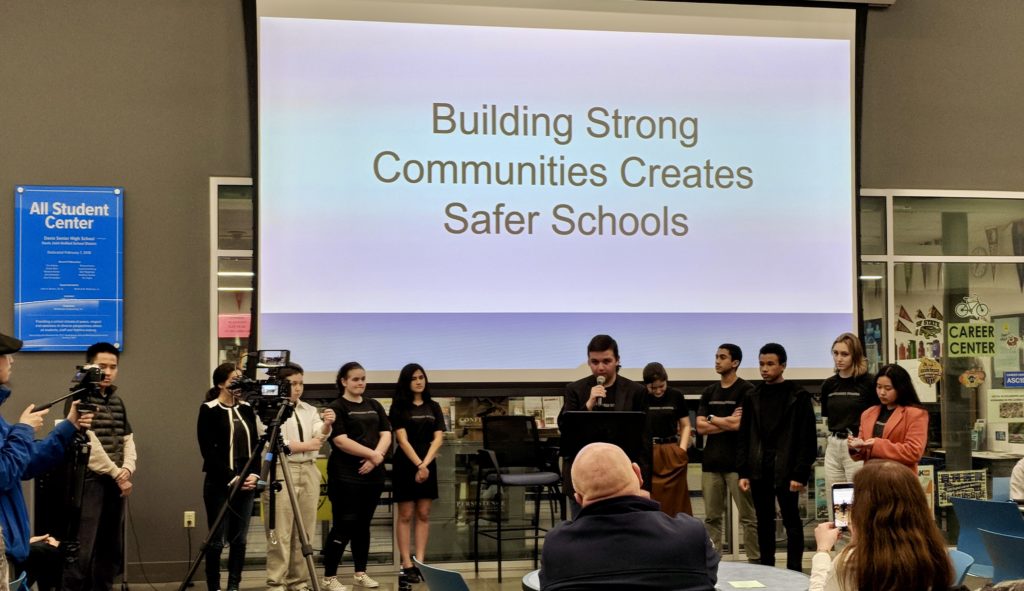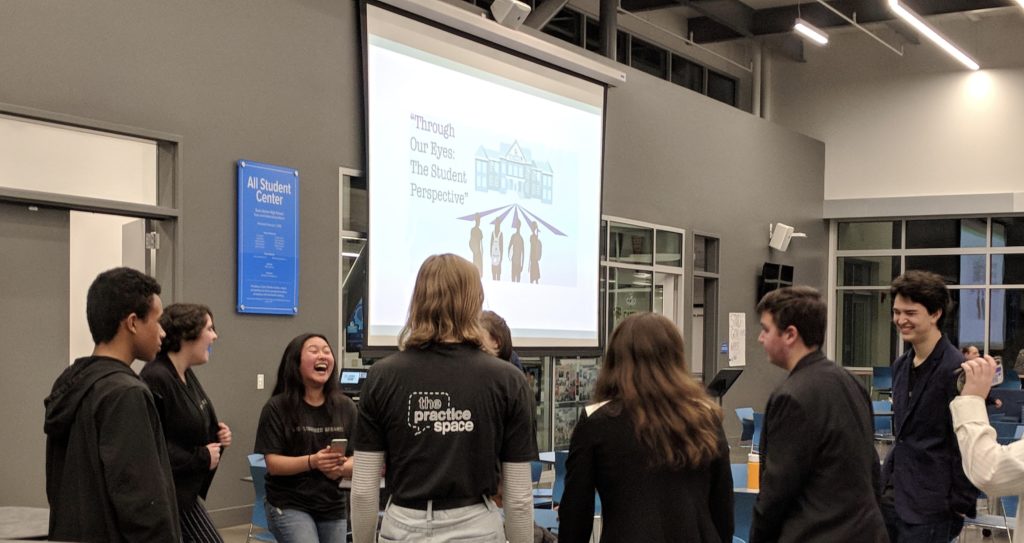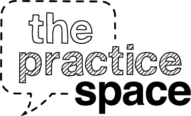Davis High School student Matteo Nouve hardly looks nervous at all as he walks up the front of his school cafeteria to give his speech about art education. Even at the end of the program after ten other student speeches, the room is quiet and the eyes of fifty parents and educators are on him. He smiles comfortably at the audience and begins to gently weave a tale of his visit to an assisted living facility to perform songs with his music group. As he shares how one resident with dementia began singing with them, he is clearly reliving the moment. His voice is pure, his emotion is effortless, and he is absolutely himself as he shares the moral of his story:
“And I was thinking, this may have been the most beautiful experience I have had in my life. And it was driven by art. And that’s why I don’t understand why many teachers see art as something supplemental or not serious because of these incredible experiences I and other students have had with it. Art informs our lives like math or science…so I hope that the thousands, the millions that come after me maybe don’t have to wait for that half hour viola lesson or one art class a week. Maybe we can value art education proportionally to the value and impact of art, an aspect of human experience critical to our lives capable of lighting up even more faces.”
Matteo’s story resonated with so many people in the audience who have had powerful experiences with the arts, including myself. Rather than making people feel defensive by shouting out a list of demands and complaints, he offered the audience a glimpse into who he was and simply illustrated what he cared about. In our work in schools and districts, The Practice Space has been lucky to encounter so many educators who are passionate about promoting youth voice and listening to students. That said, it isn’t enough to just value youth voice. Students need to feel prepared and ready to be their purest selves and speak from the heart. To do that, students need speaking opportunities where they feel like they can be themselves and where people will actually listen.

Building a Community of Confident Speakers: A Student Leadership Program
This year, it has been exciting working with Davis Joint Unified School District to create a 14-member “Distinguished Speaker Team” of high school students across the different Davis high schools. Over the course of 10 coaching sessions, students worked on storytelling, debate, and advocacy speeches, learning techniques for effective speech writing and oral delivery. They selected topics that were important to them, such as stories about their personal passions, advocacy speeches about social media, and debates about school safety. According to their surveys and focus group at the end of the program, they reported that “being confident”, meant “being excited to tell others about my experience” and “feeling like my voice is worth being heard”. They described how important it was to just relax and be yourself, but also mentioned how much practice went into being able to be your purest self.

More than anything though, the hallmark of their experience was the powerful community that emerged through open communication, freedom to express themselves, acceptance of diverse viewpoints, and spending time with people from different schools. Hearing them describe how they built this community was an important reminder for me that public speaking coaching and speech preparation is only a small part of the equation. When we develop a culture where speaking isn’t about pleasing others but instead about being authentic and connecting with others, what emerges is content that is so much more complex, personal, and real. And while we as coaches started the process by defining the conditions and routines of the group, the real community emerged because students could listen to each other and had the freedom to be their quirky selves. The exciting part about it all was that when we passed around a sheet for “Who wants to be a coach?”, all of the students signed up! Having a community where you can be yourself is infectious; the culture itself makes students want to lead and be a part of making this experience possible for others.
Lesson on Creating a Student-Led Opening Activity to Build Community
So, for the final practice session, assistant coach Ryan and I asked the students to come up with an opening activity for next year’s group to build a sense of team on the first session of the year. As guidance, we introduced them to the following teaching goals to build culture on the first day: 1) Create activities that help you find out what works for each person; 2) Remember that everyone enjoys different things, so include variety; 3) Begin building relationships between students; 4) Lower the stakes and make it easy to participate; and 5) Balance structure and freedom. To help them establish their teaching style, we also gave them the following teaching advice: let the students talk more than you; make the experience about them and don’t show off; don’t critique students before you have a relationship with them; give clear instructions that students can state back to you; and have a back-up plan because you will run out of time.
After 15 minutes of going through these principles (because we, of course, were also running out of time!), students got into 3 groups of 3-4 people to come up with their lessons with 20 minutes of work time. Ten minutes into the work time, Ryan and I came around and gave them a “twist” that they had to address — that they had a group of students who wouldn’t speak, or who talked over each other, or who formed impenetrable cliques. Here are the ideas they came up with and presented to one another:
- For students who don’t like to talk: Instead of a very public name game, have students write down personality traits about themselves on slips of paper and put them in a bucket. Students draw out slips and have 2-3 minutes to prepare a 1-minute story of what they “wonder” about that person and what they are interested to learn. Students tell their stories in small groups or one-on-one. This group also mentioned that they would make intentional decisions about seating, so that no one was at the front of the room. The goal of this activity was to get students out of their comfort zone without having to make them talk about themselves on the first day, while also encouraging people to take an interest in one another.
- For a cliquey group of students: Do a warm-up activity called “cross the line”, with students starting on one side of the room. Take a volunteer to give a two-sentence description of something he/she has experience with. People who also have that experience take a step forward and say what they appreciate about having that experience in common. Repeat as many times as necessary, but not everyone has to go. The goal was to highlight shared experiences immediately to break up cliques.
- For students who talk over each other: Introduce public speaking warm-up routines such as tongue twisters, relaxation exercises, and making funny facial expressions to stretch the face (e.g. “big face” and “small face”). Before starting the warm-up, ask the students for a list of norms and how they would like these norms to be reinforced. The goal is to release energy and “feel okay feeling stupid”, while also setting student-directed routines right from the beginning. After the first session, it is important to start asking students to lead the warm-ups to encourage leadership. As an adaptation, I noted that for high school students, I have found it helps to do warm-ups in a circle, while for elementary and middle schoolers, it is easier for the student lead to direct from the front of the room.
I love that within only half an hour, this group of students was able to pinpoint concrete ways to help new students feel comfortable being themselves. It is a credit to them that not a single person took a deficit stance blaming their hypothetical students for not talking or being cliquey. Instead, they cut right to the heart of the issue: when we don’t have guidance and information about others that help us build connections, we revert back to whatever we usually do. Like Matteo was able to do in his speech, speakers need to be able to be vulnerable to express who they are, and when they can do that, they can truly connect in a way that is meaningful.


